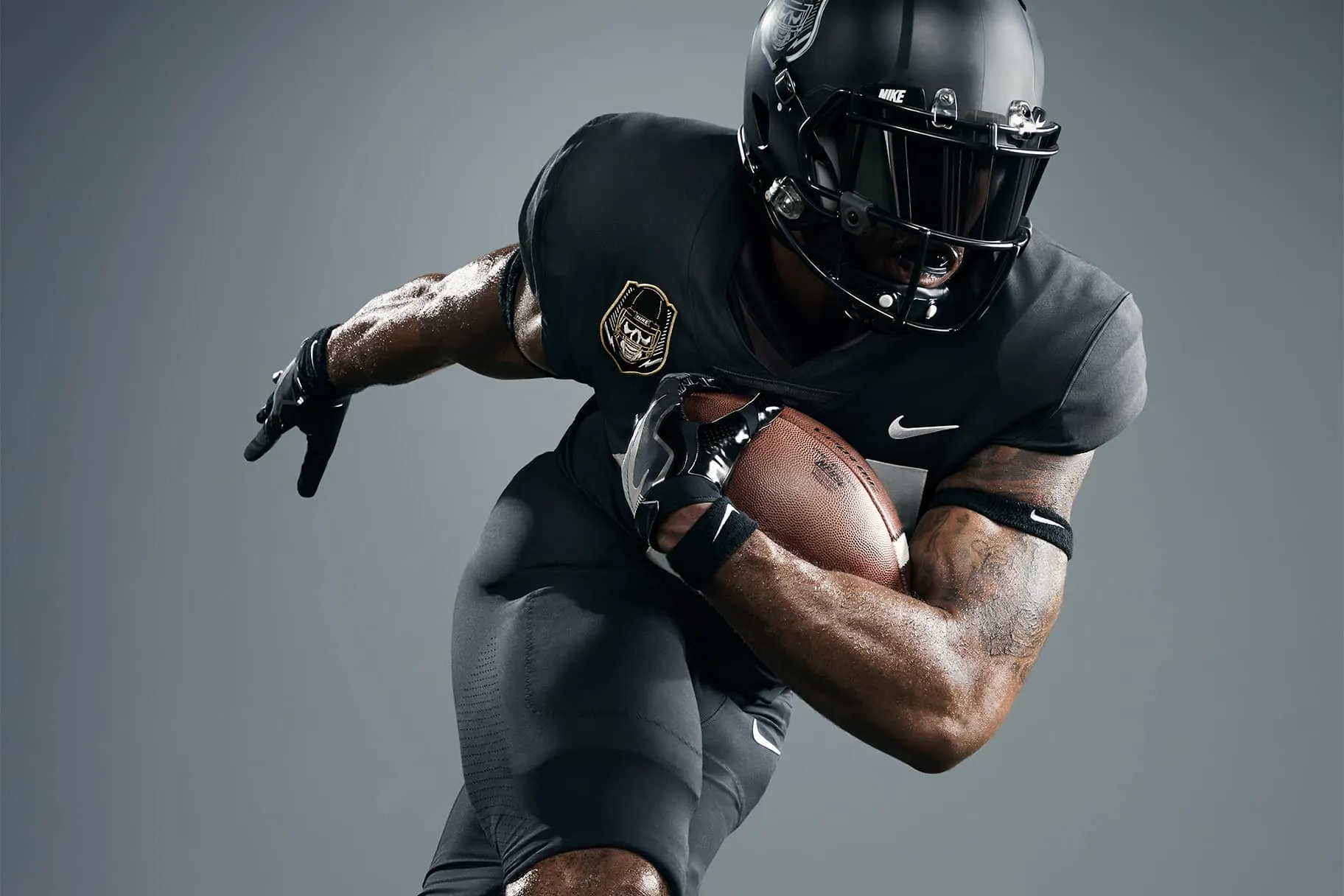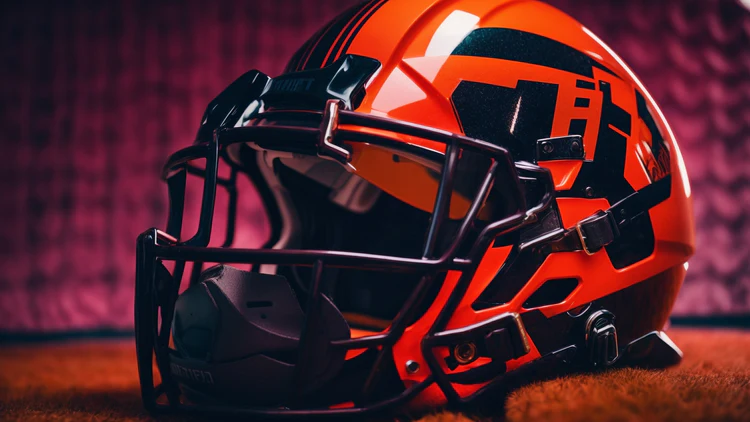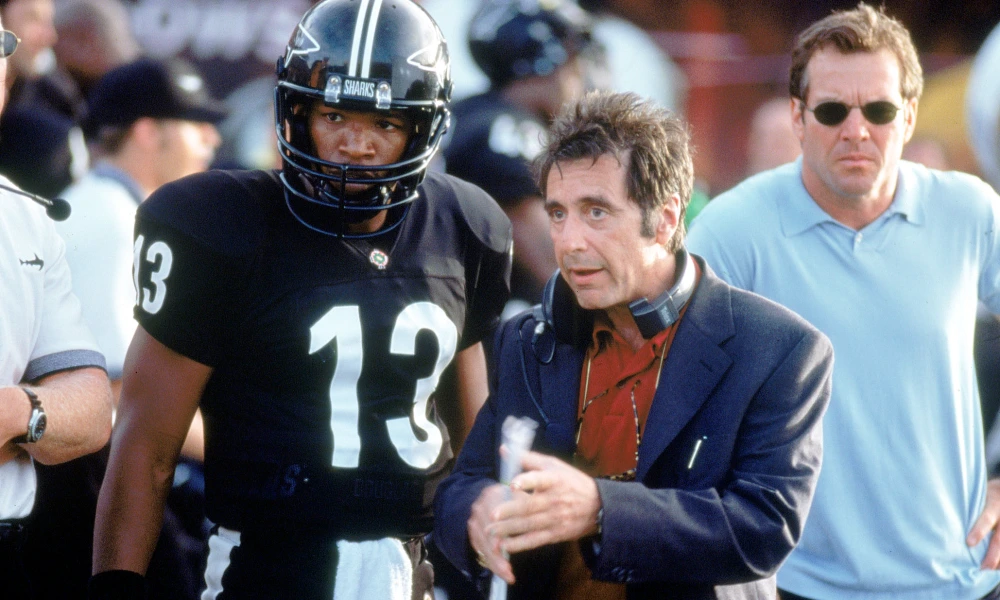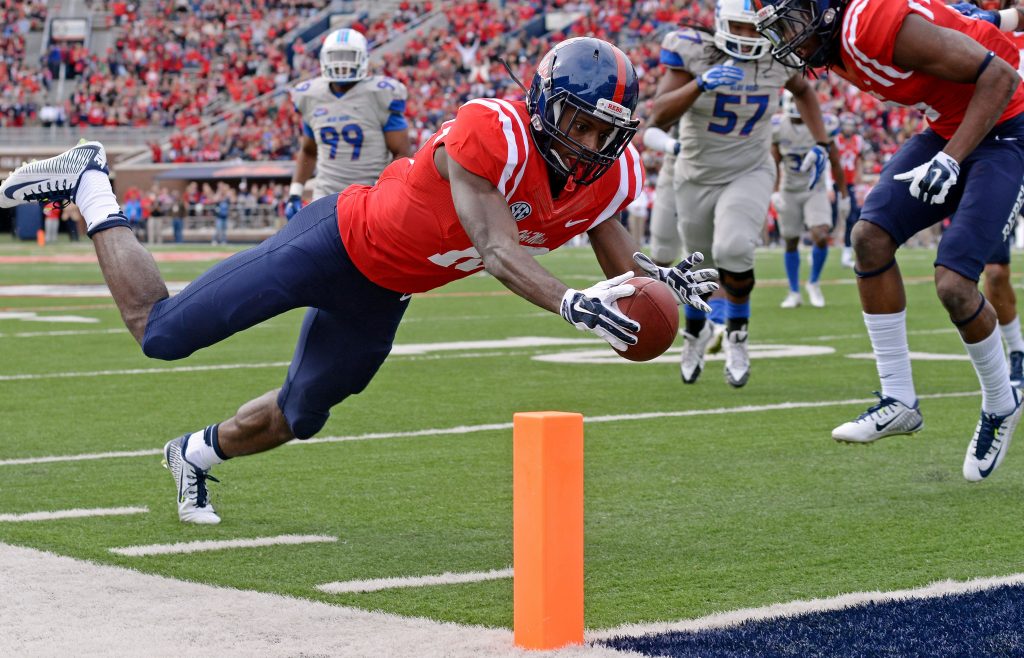The Early Years
In the late 19th and early 20th centuries, American football players faced significant risks to their heads, with injuries such as concussions and skull fractures not uncommon. In response, the first leather helmets emerged, providing a rudimentary form of protection against direct impacts. These helmets, often made of tanned leather or heavy felt, were bulky and uncomfortable, but they marked a significant step towards player safety.
The Rise of Plastic and Lighter, Stronger Helmets
The mid-20th century saw the introduction of plastic helmets, which offered several advantages over their leather predecessors. Plastic helmets were lighter, more durable, and could be molded into various shapes, providing a closer fit to the player’s head. The development of facemasks, initially single-bar designs, further enhanced protection for the face.
The Revolution of Modern Helmets
The modern era of football helmets has been defined by advancements in shock absorption technology. Multi-layered designs, incorporating foam, air pockets, and other materials, have significantly reduced the impact forces transmitted to the player’s head. Additionally, advanced facemask designs have provided better protection for the eyes and face without compromising visibility.
Evolving Shoulder Pads
Shoulder pads have also undergone significant evolution, transitioning from bulky and restrictive designs to more streamlined and form-fitting ones. Advances in materials and design have enabled manufacturers to create pads that provide effective protection without compromising player mobility. This balance between protection and mobility is crucial for maintaining performance and preventing injuries.
Protective Gear: Expanding the Shield
Beyond helmets and shoulder pads. A wide range of protective gear has emerged, including ankle braces, knee pads, and elbow pads. These devices incorporate shock-absorbing materials and supportive structures to disperse impact forces and reduce stress on vulnerable joints, further minimizing the risk of injury.
Conclusion
The evolution of American football equipment reflects the sport’s unwavering commitment to player safety and performance. As the sport continues to evolve, so too will equipment design, driven by advancements in technology, materials, and research. The ultimate goal remains the same: to provide players with the best possible protection while enabling them to perform at their peak on the field.





